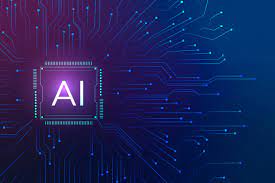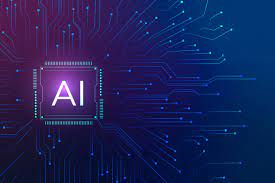 Older adults will adapt to change and adopt new technology. When an 88-year-old neighbor is filming fireworks with his smartphone, it is easy to see that times have changed. If an affordable technology can be found that meets a personal need (or answers a compelling question with AI), people will find it and get it to work. Remember encyclopedias – we now cannot imagine any process that would again make them useful. Could training be more readily found? Will all devices default to ‘Accessibility’ and security options that you must undo?
Older adults will adapt to change and adopt new technology. When an 88-year-old neighbor is filming fireworks with his smartphone, it is easy to see that times have changed. If an affordable technology can be found that meets a personal need (or answers a compelling question with AI), people will find it and get it to work. Remember encyclopedias – we now cannot imagine any process that would again make them useful. Could training be more readily found? Will all devices default to ‘Accessibility’ and security options that you must undo?
In-home healthcare services will persist and expand. The dream of reimbursement for remote care became a reality during the pandemic. Telehealth services will remain to replace or supplement in person visits likely throughout 2024. Augmenting homecare staff shortages, startup LifeGuard supports remote monitoring with an overseeing nurse. Dispatch Health’s in-home urgent care is now available nationwide. Remote patient monitoring (RPM) also moves more care into the home – and is expected to further evolve – regulatory changes have begun to turn the adoption tide. Older people, consumers of a significant portion of healthcare spending, will need and use many of the digital health technology categories.
Smart displays and interfaces will be ubiquitous. For older adults, touchless technologies and voice-enabled interactions are ideal, especially when accompanied by a display of large font text and engaging how-to-cook videos. Why? Because it is easier for them – turning frustration into a valued service world in which what you say should get you what you need. Voice interfaces will migrate to be expected infrastructure in smart displays and apps, added to every feasible appliance, device, and vehicle. They will have widespread use in independent and senior living, since many older adults will bring them along at move-in time.
Sensor technology shrinks – and changes form. Sensor technology failed to meet its promise a decade ago. But the tech has changed – now AI-enabled sensors offer Wi-Fi and room-based fall detection (even in a steam shower). There are wearables that can predict the onset of stroke, track home blood pressure, as well as fit into Air Tags or Smart Tags that can pinpoint the location of a purse, phone (or suitcase) left behind or a person who is lost.
Caregiver shortages boost in-home monitoring. Fifty-three million Americans are providing care to someone with health or functional needs – in short, they are family caregivers. The intersection of three simultaneous trends of aging alone at home, the worsening caregiver shortage and worker turnover, means that interest in monitoring technology in the home will grow, including easier-to-integrate home hubs that can manage web cameras, sensors, smart doorbells or enable voice-first emergency response.
The absence of widely available tech training and support. It’s not just seniors who need help. The proliferation of devices, especially smartphones, and their set-up complexity gave birth to Best Buy’s Geek Squad’s Total Tech Support (any device) and $10 million of funding for tech learning platform GetSetUp. Today Papa has expanded its role from rides to healthcare to helping older adults with technology. The constant stream of new technology requires training and support – and spells profit for companies that can deliver it cost effectively.
